How To Pick The Right Club In The Rough
Golf Monthly Top 50 Coach Andrew Jones offers some simple advice on how to pick the right club in the rough...
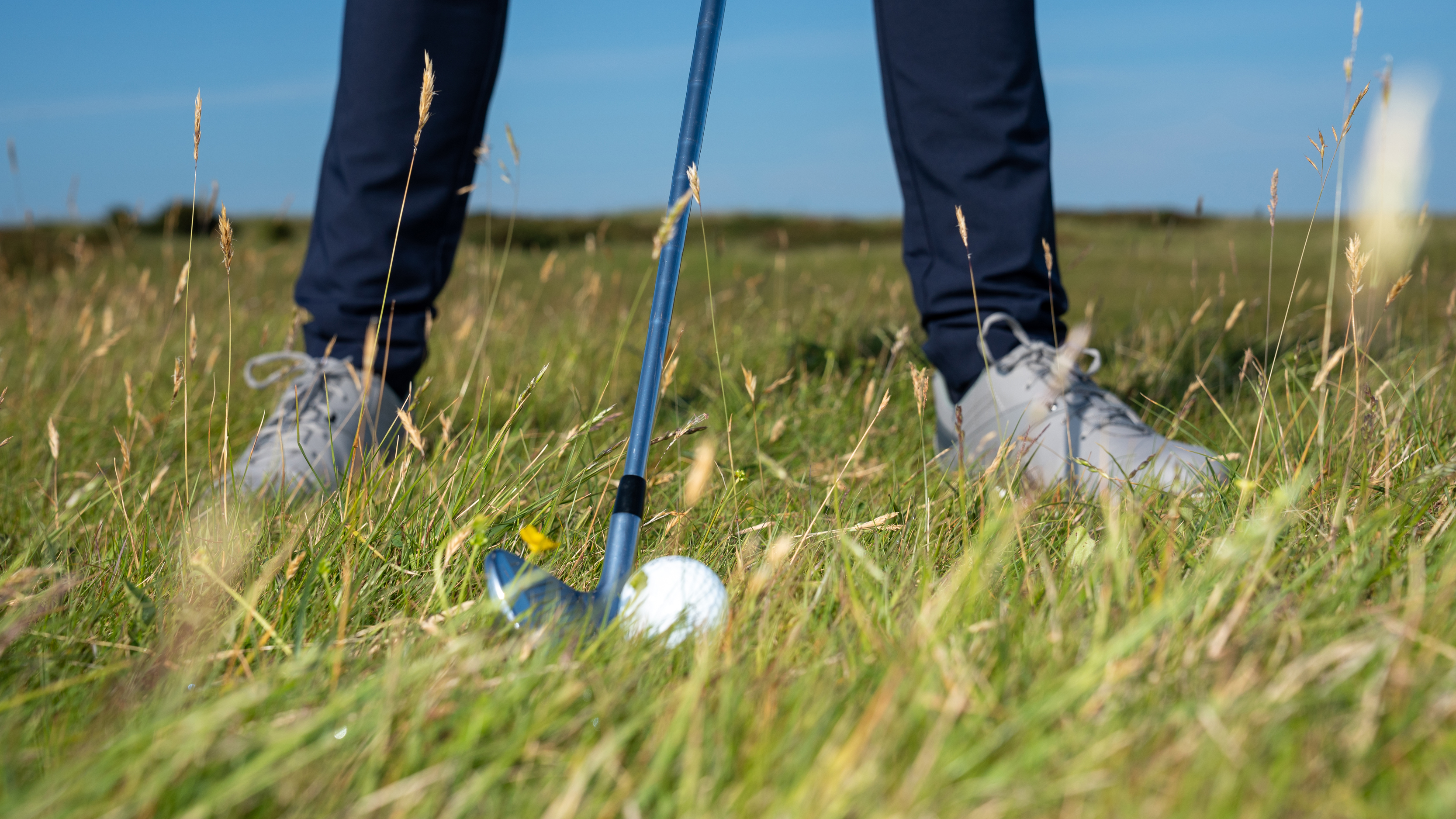

How you cope with tricky conditions and escape trouble on the golf course can say a lot about a golfer. The ability to pick the right club out of the rough is an under-appreciated skill, but one that could save you shots and your sanity.
In this video and article, Golf Monthly Top 50 Coach Andrew Jones shares his expert tips on choosing the right club in any scenario...
How To Pick The Right Club In The Rough
When playing from the rough, there is a much reduced margin for error in terms of the strike. If you are fractionally out with your contact in the thicker grass you could be punished, so approaching with caution is recommended.
In the video above, I've staged three different lies in close proximity to each other to demonstrate how flexible you need to be when assessing your next shot on the course.
1. Bad Lie
When your ball is sitting down in a wet or muddy lie, it's time to reach for the wedge. It's important in this spot to really focus on the perfect ball position, specifically placing it back in your stance and allowing your lead foot to take a fraction more weight.
This in turn will create a steeper angle of attack and provide assistance in achieving the cleanest possible strike from this difficult position.
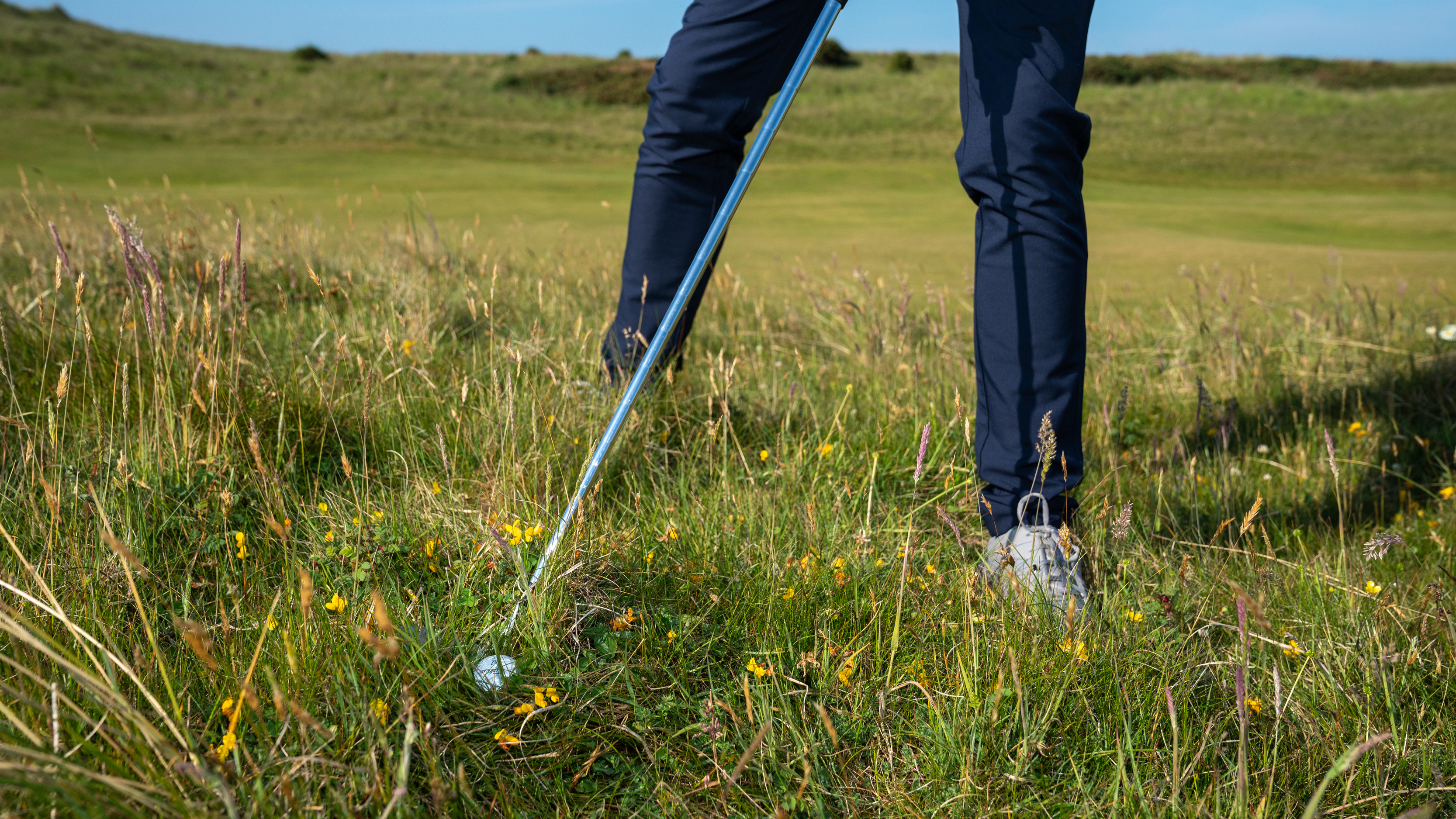
2. Average Lie
Without much grass around the ball, it sits slightly down but there is nothing stopping the clubface making a full contact. In this scenario, set the ball in the middle of your stance so that your hands are a fraction ahead of the ball at address.
Get the Golf Monthly Newsletter
Subscribe to the Golf Monthly newsletter to stay up to date with all the latest tour news, equipment news, reviews, head-to-heads and buyer’s guides from our team of experienced experts.
This will help you learn how to compress the golf ball for a better strike that still allows you to flight the shot and generate a good amount of power.
3. Good Lie
One of the reasons that lies differ so much is the uneven growth of the grass. Patchy areas, particularly in the rough are typical and you’ll sometimes find your ball perched up.
In this scenario you can opt for whichever club you need to reach your target, but place the ball further forward in your stance. Make sure your posture is as athletic as possible and then make a smooth swing to get the most from the great (and perhaps fortunate) lie you’ve found.
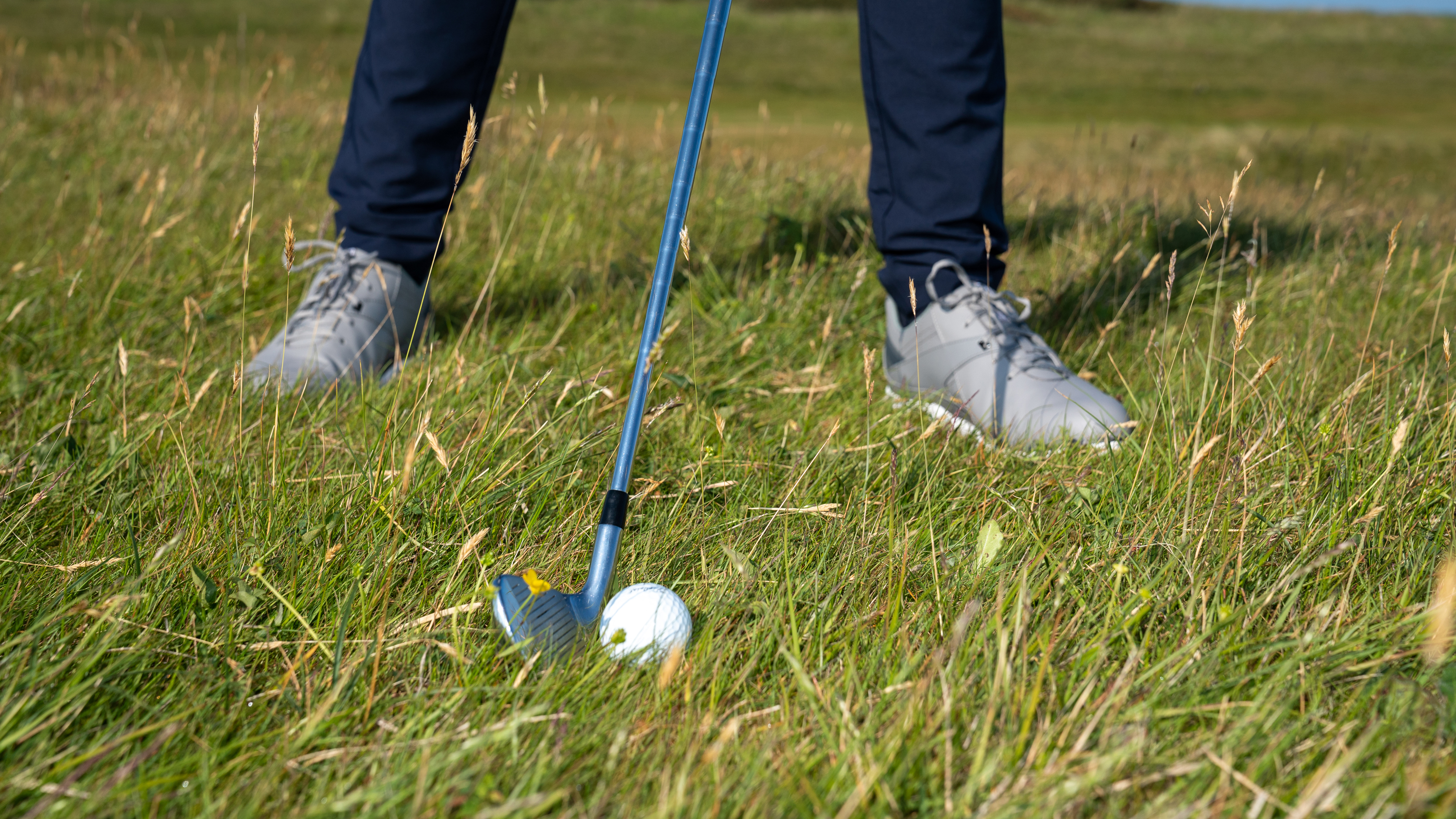
Quick Tip
In the off-season, most clubs have local rules in place, one of which usually allows golfers to ‘prefer their lie'.
This means moving the ball anywhere within six inches of its original location, but not nearer the hole. This is a chance to give yourself a great lie, so don’t pass it up!

Location: Walmer & Kingsdown Golf Club
After turning professional in 1991, Andrew served as Assistant Pro at Royal Cinque Ports from 1993 until 1998, before spending three years as Head Pro at Lydd Golf Club. He remains in Kent and, after a spell as the Director of Coaching at Sene Valley, is now the Club Professional at Walmer & Kingsdown Golf Club.
Students learn best when...
They have bought into your vision, passion and enthusiasm as a coach and are prepared to go on the journey with you sharing experiences and opinions with an open mind to what is necessary to improve their game. Both the pupil and the coach need to be entering this relationship with eyes, ears and senses wide open and a willingness give it a go!
Greatest teaching influence:
Fellow Top 50 coach, former boss and mentor, Andrew Reynolds. In my early years as a trainee PGA assistant at Royal Cinque Ports, he instilled in me the importance of the analysis of ball flight and also identifying cause and effect within the swing. Other notable (Tour) coaches I have studied carefully during my development have been David Leadbetter and Butch Harmon.
Most common problem:
The grip. For me, it has to be the poor connection to the club itself that can have a fundamental and sometimes catastrophic influence on how we stand to, move and deliver the club to the ball.
-
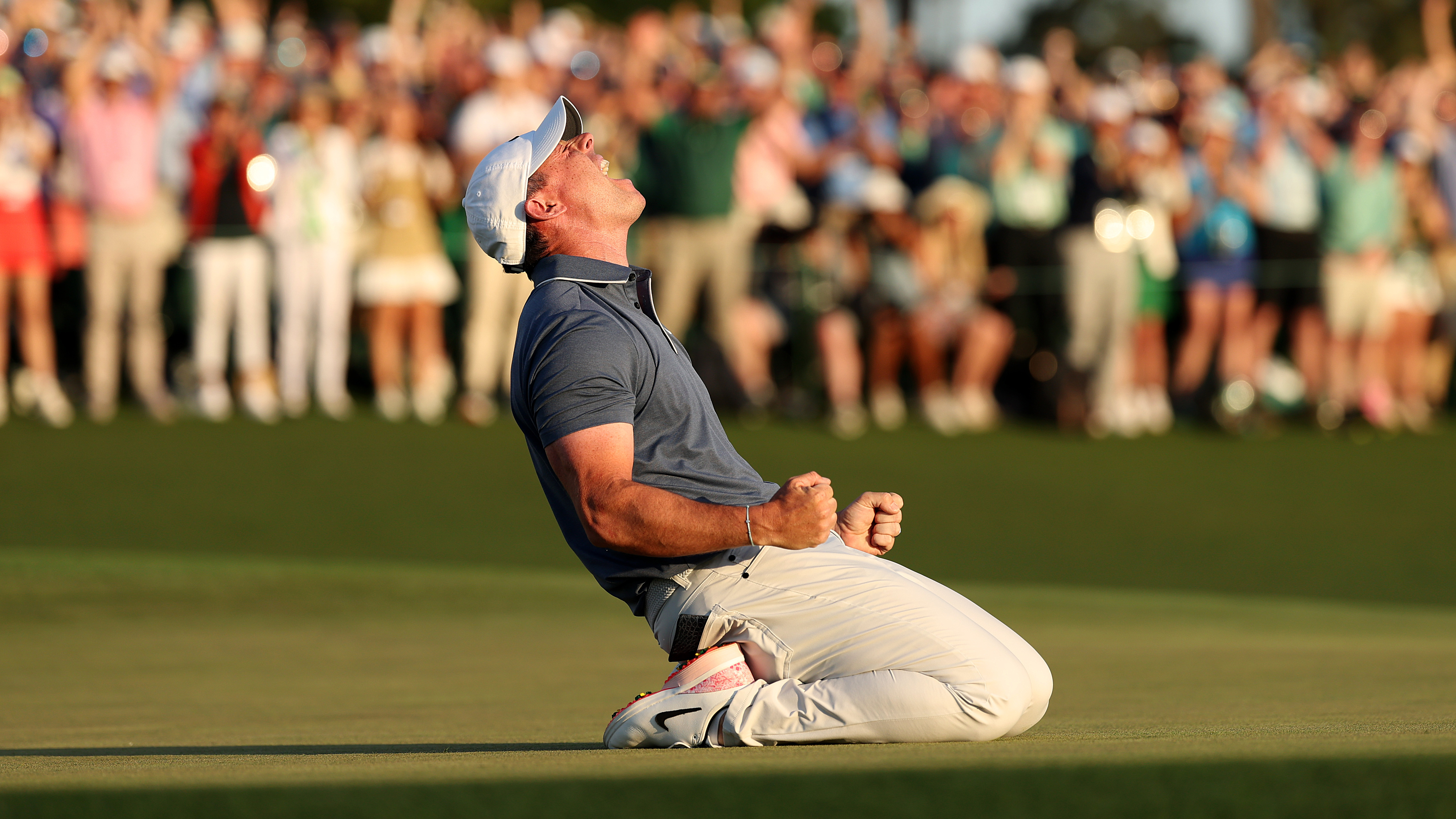 Rory McIlroy Wins The Masters In Playoff To Complete Career Grand Slam
Rory McIlroy Wins The Masters In Playoff To Complete Career Grand SlamThe Northern Irishman battled past Ryder Cup teammate, Justin Rose to finally seal his first Masters title and become the sixth man to win all four men's Majors
By Jonny Leighfield Published
-
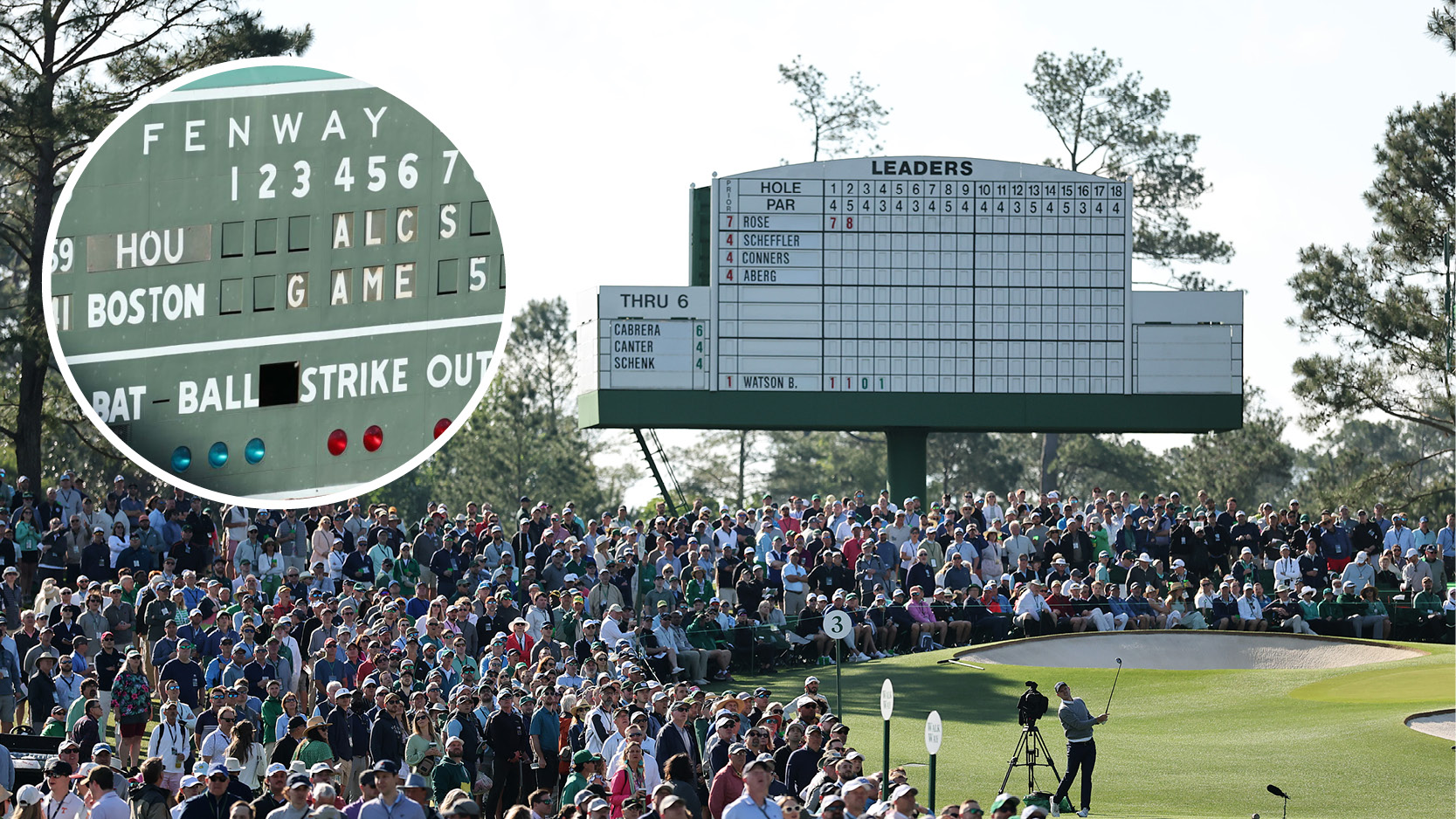 Did You Know The Masters Leaderboard Was Inspired By Fenway Park?
Did You Know The Masters Leaderboard Was Inspired By Fenway Park?The Masters leaderboards are an iconic and historic part of the Augusta National Major, but did you know about its origins and how it operates today?
By Matt Cradock Published